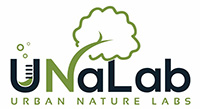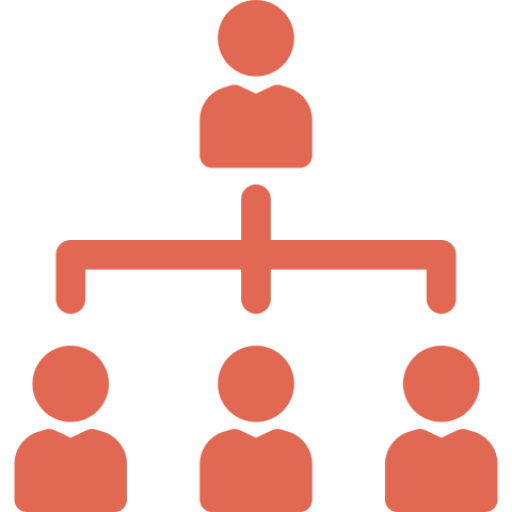 |
Inspiration Card
Governance Actions |
|
Organisation & Structure
|

|
G7 Establish formal structures for cross-sectoral cooperation
| Knowledge & Awarness | Political Commitment | Organisation | Perceived Costs & Benefits | Social & Environmental Justice |
| ✔ | ✔ |
Cross-departmental structures can take different forms, such as ad-hoc teams, working groups with regular meetings and common work procedures, cross cutting programs based on city objectives, or new departments focusing on cross cutting themes or targeting a specific urban area. Cities should adopt the organisational structures that are best suited to their own institutional context.
- Establishment of a cross-departmental body
- Development of interdisciplinary bodies linked to a specific geographical location
- Cross-cutting program structures linking departments based on defined strategic objectives of the city
- Physically locate relevant actors close to one another and provide common workspaces
UNaLab Stories: Eindhoven’s Organisational Web (adapted from (Radecki et al., 2017)
The city has restructured the municipality to take a more cross sectoral and agile approach to urban development. The former classical top-down organisation type was transformed into an “organisational web”. In this web, programme managers work in an interdisciplinary way, connecting the different municipal-internal and external stakeholders of individual development projects. Through this process, the municipality has transitioned from a supply-driven approach of urban services to a demand-driven approach. This change increases the municipality’s sensitivity to what is going on outside of the city administration. To be able to work from the outside in, Eindhoven needed to gain an understanding of and feeling for the developments and trends that shape the city society. These trends were translated into “themes” and “questions”.
The transformation of the organisation was based on four key principles:
- The reorganisation of departments and programs
- The development of a cross-domain network of strategic advisors
- The instalment of a strategic programming board
- Linking of the budget cycle to the strategic programming
Reorganisation of departments and programs
The level below the Board of Directors was restructured into 15 departments corresponding to the three sections of space, social services and municipal support services.
These were underpinned with a range of cross-cutting programs identified through a cross-domain network of strategic advisers (see below) and through integrated meetings within the municipality. They ultimately reflect the development goals of the city:
- Consolidating economic strength
- High-quality public spaces
- Climate adaptation and health
- Urban densification
- High quality facilities
- Accessibility
- Prevent social dis-integration / promoting co-habitation (different social groups are able to live together in the same city)
- Enlarge independence
- Preservation of quality of life in districts and neighbourhoods
- Citizen’s participation
Each program is run by a program leader, responsible for ensuring that the program is reflected within the operational work of the departments.
Cross domain network of strategic advisers
The development of a cross-domain network of strategic advisors - or similar positions – has helped the city understand trends and developments from outside the organisation and translate these for Eindhoven. This generates input for all the agendas in different domains, and also serves as input for the city level strategic document at a city level. With the development of an Integrated Strategic Advisors Team, Eindhoven laid the foundation for an integrated approach to urban development. Integrated cooperation is now a pre-condition for working on the strategic agenda. This has helped to create a common and shared vision. Every year the cross-domain network organises a Strategic Table together with the Executive Board of the Municipality as part of the budget cycle.
The Strategic Programming Board
Each year Eindhoven invests heavily in the development of the city, for the benefit of all. A large part of these investments is covered by a legal framework as required by law. Additionally, the city invests in specific projects, e.g., the city co-finances developments or becomes a risk-carrier in assignments. These investments are focused on the development of the city and are coupled with issues/themes that are deemed important. They are reflected through the 11 programmes defined as cross-cutting themes.
Eindhoven also seeks to understand other investments flowing into the themes. The Strategic Programming Board links the operations in the departments to the strategic agenda of the city, as reflected by the 11 programmes. During the Strategic Programming Board meetings real investments are matched with the strategic agenda. Eindhoven has been working with this operational approach since 2015.
Connection to the budget cycle
It is important that the Strategic Programming Board is connected to the budget cycle. This does not mean that the budget cycle should lead, but it is important that decision moments of the strategic programming table are connected in order that the themes, questions/issues and financial needs are included as the Executive Board make decisions. The budget cycle is therefore a key part of the Strategic Programming Board planning.
